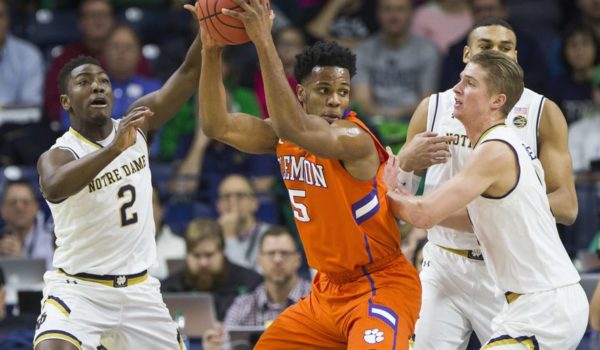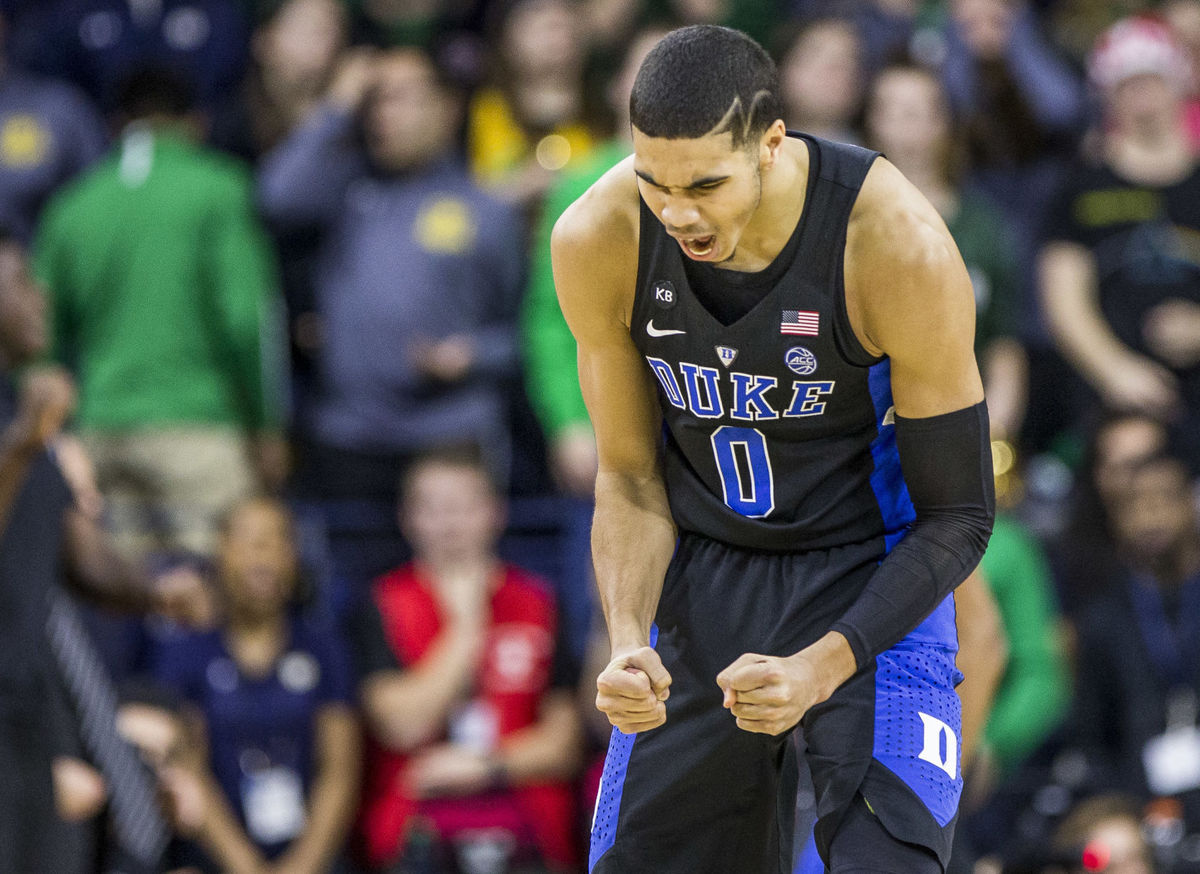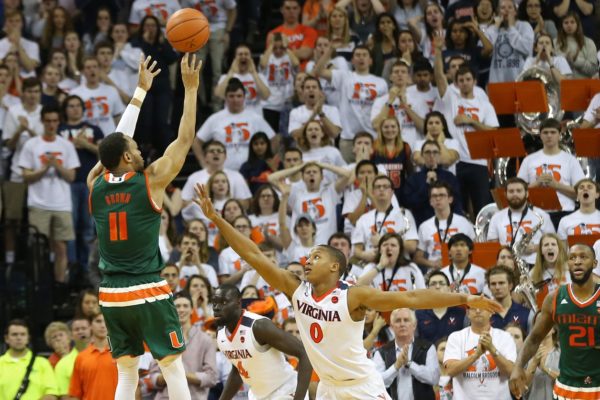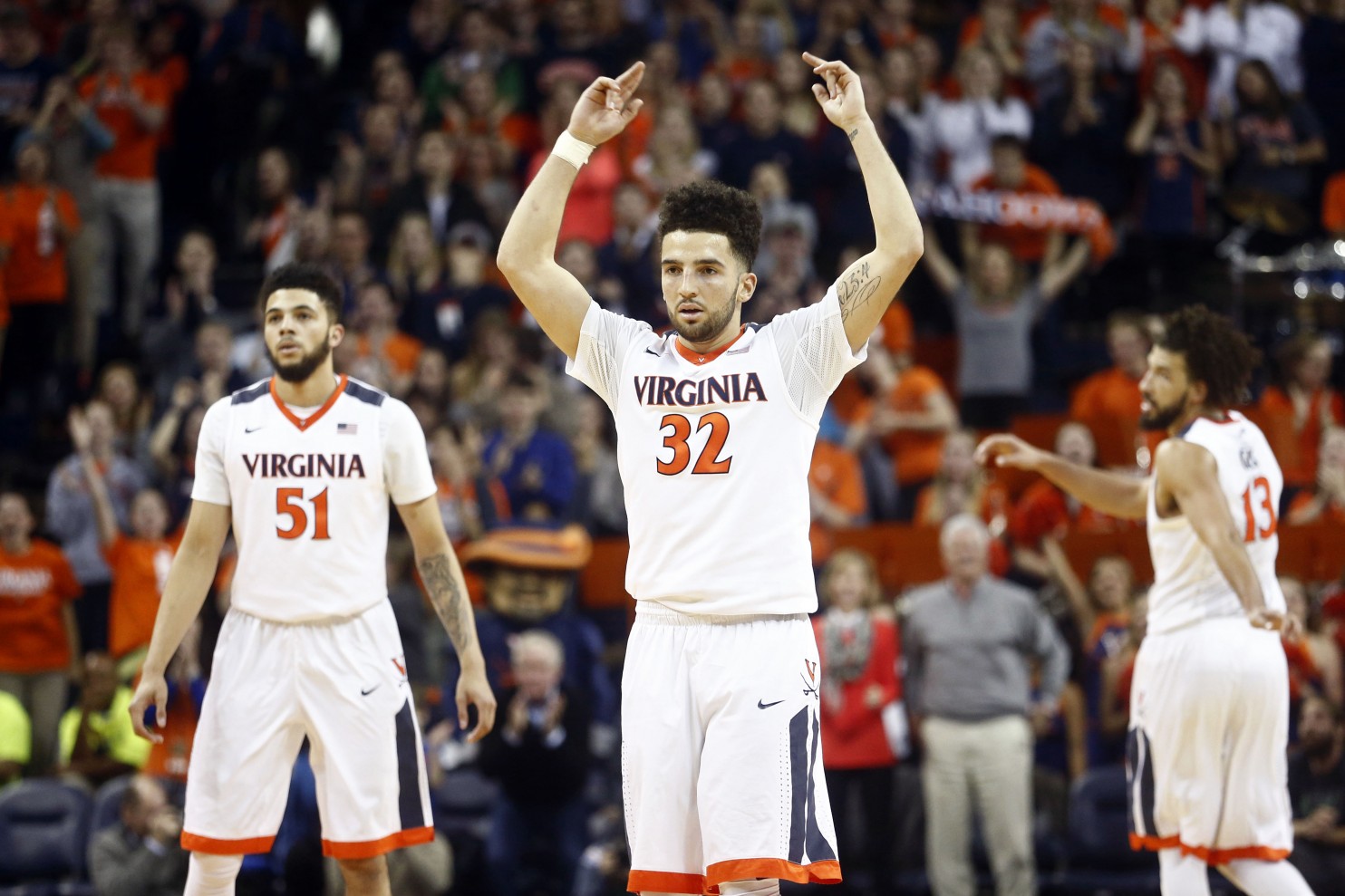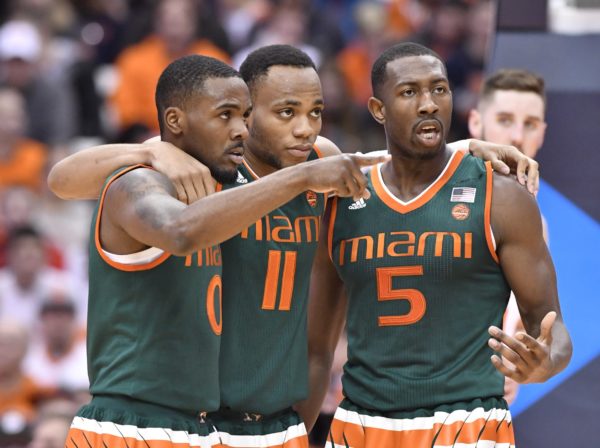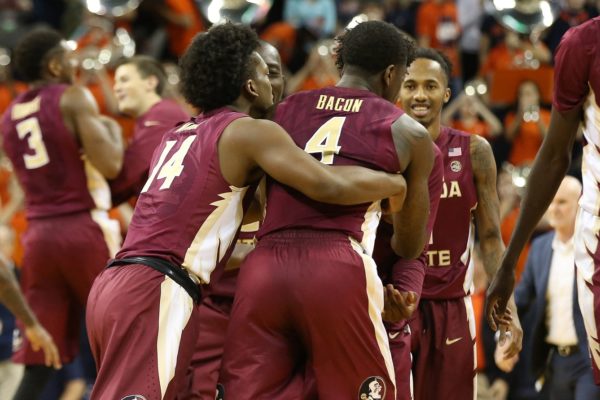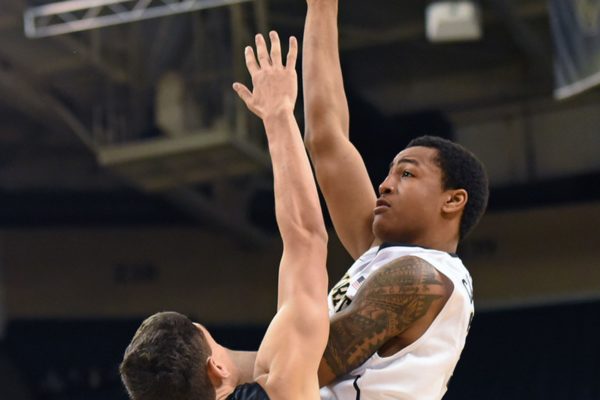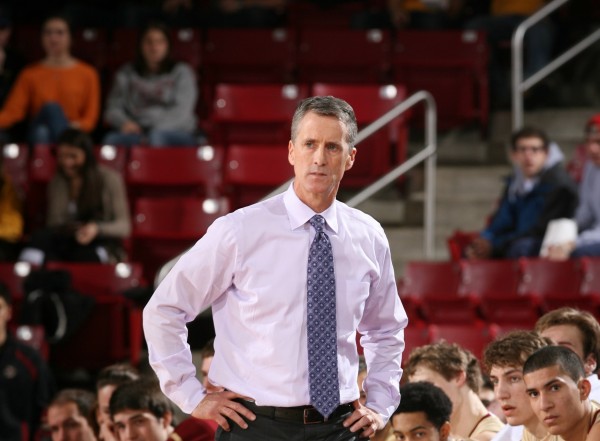A Look at the ACC in the NIT
Posted by Charlie Maikis on March 14th, 2017March Madness is now upon us, but let’s take a moment to consider a different postseason tournament as the ACC is sending three teams to the NIT this season. In a year where many observers thought the NCAA Tournament bubble was one of the weakest in years, the Selection Committee was not particularly kind to the conference. Of the three ACC bubble teams, Wake Forest made the field of 68 while Syracuse and Georgia Tech were left at home. Clemson joins the Orange and Yellow Jackets in this year’s NIT, meaning that the 12 of the 15 ACC teams were invited to one of the two prestigious postseason tournaments. Before the NCAA Tournament vacuums all the oxygen in the college basketball universe, let’s discuss the trio of ACC teams playing in the NIT.
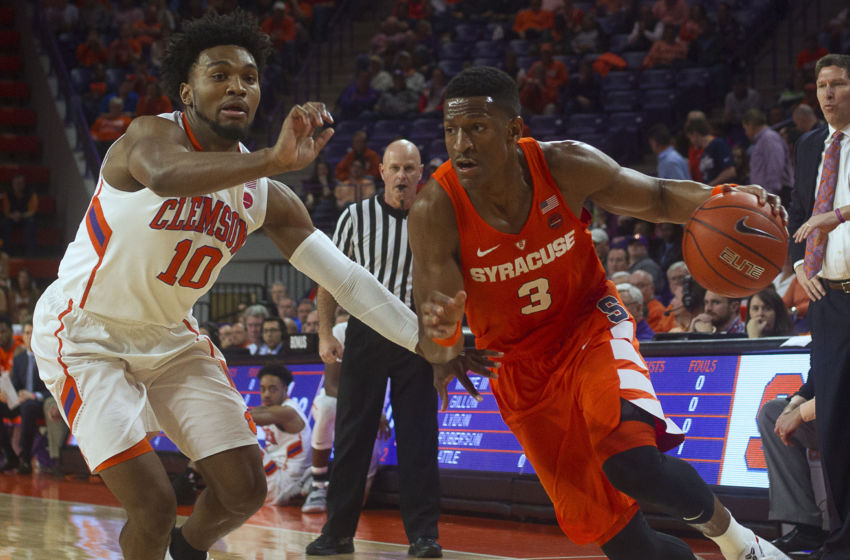
Syracuse and Clemson are two of the strongest teams in the NIT field this year and give the ACC a great chance at success. Credit: Joshua S. Kelly-USA TODAY Sports
Syracuse
Syracuse was a curious case as the Orange were left out of the NCAA Tournament presumably because of a lackluster non-conference performance. Teams that go 10-8 in what is widely regarded as the nation’s best conference usually get an invitation to the Big Dance, but that factor alone clearly wasn’t enough this season. The result was Syracuse’s placement as the top overall seed in the NIT bracket, but perhaps in the toughest region of the four. Their region also contains four other power conference teams, and the average Kenpom ranking of of the group is five spots better than the rest of the field. Luckily Syracuse doesn’t have to play the other seven teams but just the ones in front of it, starting on Wednesday night at home against UNC-Greensboro. Remember, after Jim Boeheim blasted the city of Greensboro (site of ACC headquarters and numerous ACC Tournaments) at last week’s ACC Tournament in Brooklyn, the municipality fired back:





























